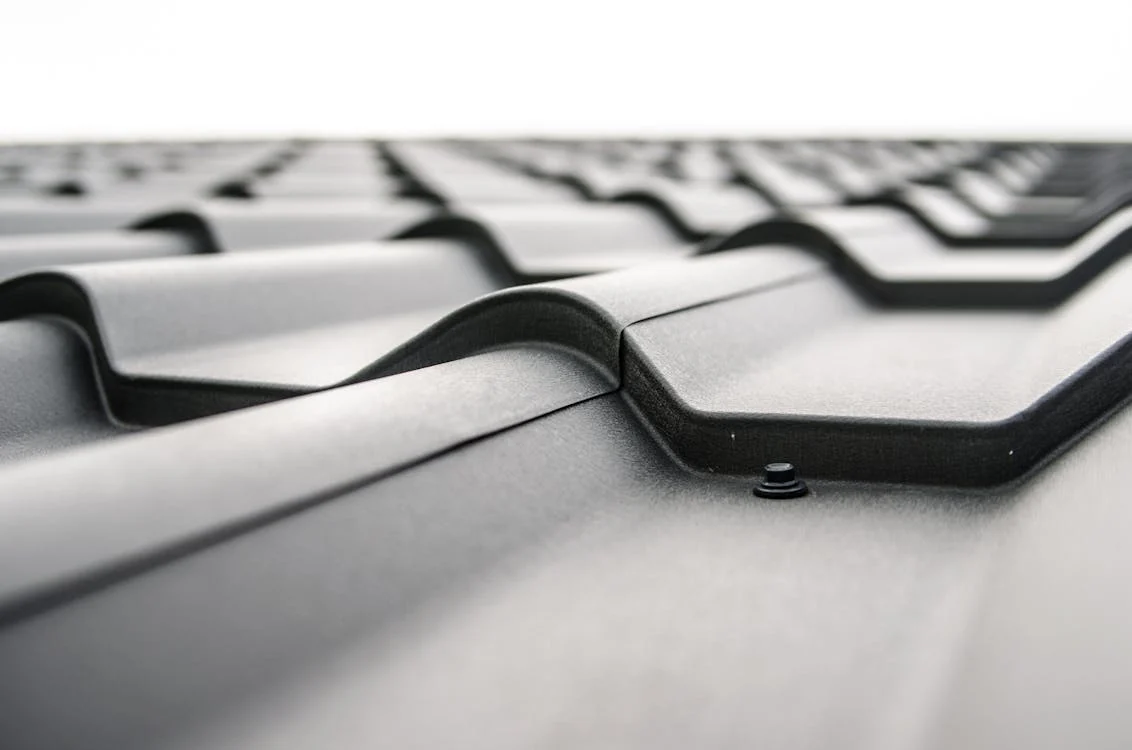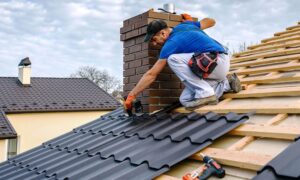Commercial buildings are looking for advanced roofing solutions that enhance performance, durability, and sustainability. Roofs shield buildings from varied environmental factors, so select the right materials for long-term benefits. As technology evolves, innovative roofing materials have emerged to meet the demands of modern architecture and urban environments. These materials aim for aesthetics and align with energy efficiency and environmental sustainability.
With numerous options available, businesses can now invest in roofs that promise longevity and reduced maintenance. Understanding these innovative materials aids in making informed decisions.
Types of Innovative Roofing Materials
Roofing materials have transitioned from traditional materials to more effective solutions. The most prominent category is TPO (Thermoplastic Olefin), known for its energy-efficient properties and resistance to weathering. TPO is a single-ply membrane that is ideal for commercial buildings due to its high reflectivity, which contributes to energy savings. Similarly, EPDM (Ethylene Propylene Diene Monomer) is a rubber roofing solution widely favored for its durability and flexibility. These thermoset membranes are excellent for various climates, boasting high resistance to UV exposure.
Metal roofs are lightweight yet robust and provide strong protection against elements. Sustainable materials, such as green roofs and solar tiles, are becoming mainstream as businesses prioritize environmental impact. Green roofs support biodiversity and energy efficiency, whereas solar tiles facilitate energy generation.
Benefits of Using Innovative Roofing Materials
The benefits associated with innovative roofing materials extend beyond aesthetics and durability. The primary advantage is energy efficiency, reducing heating and cooling costs for commercial spaces. Reflective materials can maintain lower indoor temperatures, leading to reduced reliance on HVAC systems.
Many of these modern solutions promote sustainability through environmentally friendly manufacturing processes and recyclability. Their longevity means less frequent replacements and a lower environmental impact over a roof’s lifecycle. But with longevity even comes regular maintenance: engage in commercial roof repair when needed to enhance durability. Many novel materials also meet or exceed building codes so that they can withstand extreme weather and environmental challenges.
Metal Roofing
Known for its resilient structure, metal roofing offers an impressive lifespan and exceeds 50 years with proper maintenance. Its lightweight nature allows for easier installation and generates lower labor costs and faster project completion times. It does not warp or shrink in extreme weather and provides consistent protection over time.
Many businesses are now acquiring metal roofs with finishes that enhance their aesthetics and provide added UV protection. This material is available in various styles and colors, enabling customization to match specific architectural designs. Its potential for excellent energy performance makes metal roofing an ideal component in a commercial building’s design.
Green and Solar Roofs
Green and solar roofs have dual capabilities: energy efficiency and environmental benefit. Green roofs, which incorporate vegetation, provide insulation and reduce stormwater runoff, effectively managing water flow in urban settings. By adding layers of soil and plants, green roofs contribute to biodiversity and create a habitat for various species. Solar roofs, on the other hand, harness renewable energy. These roofs facilitate the installation of photovoltaic panels seamlessly into the roofing structure, optimizing energy generation without compromising style.
Businesses that invest in a solar roof system can reduce their energy bills and contribute to the reduction of carbon footprints. Governmental incentives exist for solar energy implementation, a financially appealing option.
Cost Considerations
Although initial investments may seem higher than traditional materials, the long-term savings justify the expense. Energy-efficient materials can lower energy bills, creating a rapid return on investment through reduced operational costs. Many innovative options come with longer warranties and protect against unexpected repairs that could arise prematurely. Factor in maintenance costs. Some materials require less maintenance than others, which results in further financial savings over their lifespan.
Businesses must conduct a thorough cost-benefit analysis and consider upfront costs against long-term savings and durability. This practice makes informed decisions on the most appropriate roofing material based on specific budgetary constraints and expectations regarding performance.
Installation Practices
Correct installation practices maximize the advantages of innovative roofing materials. Experienced professionals who understand the specific requirements of these materials ensure optimal performance and longevity. Metal roofs require precise fastening techniques to prevent issues like wind uplift or water infiltration. Meanwhile, single-ply membranes like TPO or EPDM need specific seam welding techniques to create airtight seals.
Regular training and updates for installation crews keep pace with evolving technologies and methods in roofing. Effective project management during installation prevents common issues and ensures a seamless execution from start to finish. Investing in skilled labor and quality materials results in long-lasting solutions that meet business expectations.
Future Trends in Commercial Roofing Materials
Smart roofing systems are likely to become more commonplace. These roofs can incorporate built-in sensors to monitor energy efficiency and leak detection and provide real-time data for facility management.
Advancements in materials science will likely yield even stronger and lighter materials and enhance resilience against weather events. The integration of artificial intelligence in design and construction could revolutionize materials selection, tailoring roofing systems to specific building requirements.
The integration of innovative roofing materials is reshaping the landscape of commercial construction. With various options available, businesses can achieve significant benefits, from energy efficiency to sustainability. The right choice of materials fosters aesthetic appeal and performance advantages and delivers lasting value. Through informed decision-making and an understanding of market trends, property owners can position themselves favorably for the future.


































